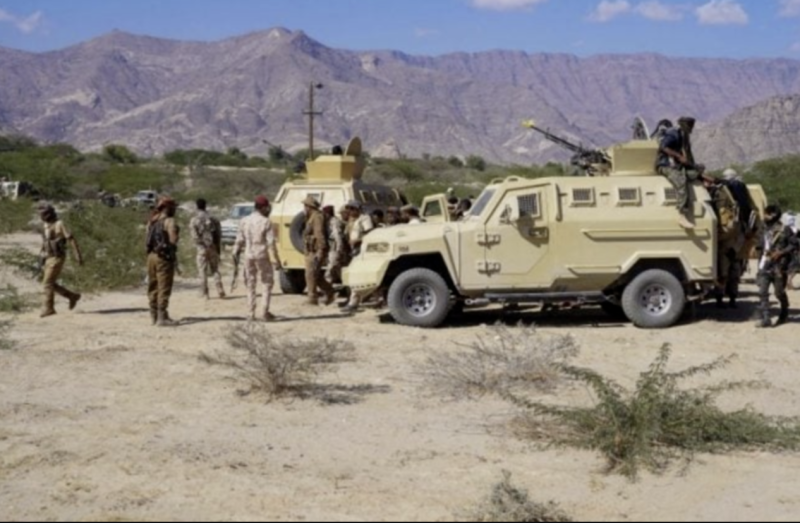UNICEF Yemen Humanitarian Situation Report No. 1


Highlights
574,334 people (132,097 men, 126,353 women, 160,814 boys, 155,070 girls) gained access to safe drinking water and 193,950 people (44,609 men, 42,669 women, 54,305 boys, 52,367 girls) to appropriate sanitation services.
561,245 children under 5 years (278,541 boys, 282,704 girls) were screened for malnutrition. Out of these, 50,266 (22,398 male, 27,868 female) children with SAM were identified and admitted in Outpatient Treatment Programmes (OTPs)
22,188 people (10,902 girls, 9,878 boys, 393 women, 1,015 men) received life-saving education on risks posed by mines, unexploded ordnances, and explosive remnants of war.
SITUATION OVERVIEW AND HUMANITARIAN NEEDS
More than 18.2 million people in Yemen, including 9.8 million children are estimated to require humanitarian assistance and protection in 2024, with 4.5 million people estimated to be internally displaced.
During the first quarter of the year, among the 4.56 million people who remain displaced across the country, nearly 1.5 million Yemenis impacted by the conflict and climate live in 2,382 collective displacement sites.
Yemen experienced the largest ever reported cholera outbreak in recent history (2016-2022), which resulted in over 2.5 million suspected cases and 4,000 deaths. In late 2023, the Ministry of Public Health and Population (MoPHP) in Aden declared a cholera surge in Shabwah governorate and its spread to other governorates. After three months of coordinated response efforts, the trend gradually decreased until March 2024. On 14 March, there was an increase in acute watery diarrhea (AWD)/cholera in the northern governorates after observing a significant increase in cases starting from week 11 of 2024, with almost 20,000 cases from 1 January to end of March. Between 14 and 31 March 2024, over 6,029 AWD/suspected cholera cases were reported, with 56 deaths (case fatality rate of 0.9%), and 47 per cent of cases being clinically severe. In the last week of March 2024, there was an increase in AWD/suspected cholera cases in the southern governorates and overall, all 22 governorates have been reporting AWD/suspected cholera cases.
In September 2024, it is estimated that needs will be at an annual peak before the main harvest season that begins in October. Food insecurity is expected to increase and in areas controlled by the Sana’a-based authorities, Emergency (IPC Phase 4) is expected in governorates where a majority of households previously relied on food assistance and are unable to compensate for the ongoing pause of assistance from WFP since December 2023.

Aden — The Southern Transitional Council (STC) has confirmed that five of its soldiers were killed in an armed attack in Hadramout governorat…

Aden – The Saudi humanitarian demining initiative Project Masam announced that its engineering teams have dismantled and removed 3,491 landmi…

Sana’a – A massive blaze broke out late Saturday at the Saba Mall commercial complex in the Al‑Asbahi district, south of the Houthi‑con…